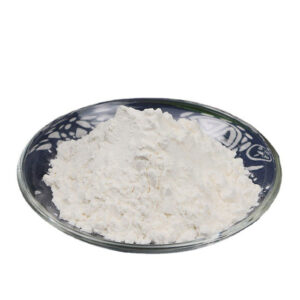Polysuccinimide was developed by Bayer AG and developed by Lanxess AG ® DSP brand sales, with an average molecular weight of 4400 g/mol, will be partially hydrolyzed even at slightly elevated pH, so it can be in the form of swelling or water-soluble linear form in a highly cross-linked environment. Copolymer – (succinimide aspartic acid) formed by partial hydrolysis, especially polyaspartic acid (trade name: Baycure) produced by partial hydrolysis ® DS 100) is suitable for use as a long-term inhibitor of scale deposition in water treatment, as well as in oil and mining application industries, and as a retarder of cement in construction industry. The patent literature mentions the application of polysuccinimide as a chelating agent, scale inhibitor, dispersant, humectant and fertilizer additive.
The pyrrolidine diketone ring structure in polysuccinimide is opened by ammonolysis of ammonia (containing NH 4 OH) to form polyimide-( α,β)- DL asparagine, poly with hydrazine-( α,β)- DL aspartic hydrazide (PAHy) and polyamine with functional amine, such as ethanolamine-( α),β)- DL-2-hydroxyethyl aspartic acid (PHEA). PHEA can be used as a plasma expander with good biocompatibility and biodegradability, high water solubility and low manufacturing cost, and has been further studied in medical applications as a potential drug carrier.
Crosslinking polymerization( α, β)- DL aspartic acid sodium salt is the most concerned polysuccinimide derivative in commerce. Compared with non-biodegradable standard cross-linked sodium polyacrylate, its applicability as a biodegradable super absorbent has been widely tested. The results obtained have not yet led to the use of cross-linked polyaspartic acid in a large number of applications of super absorbents (such as baby diapers).







Reviews
There are no reviews yet.